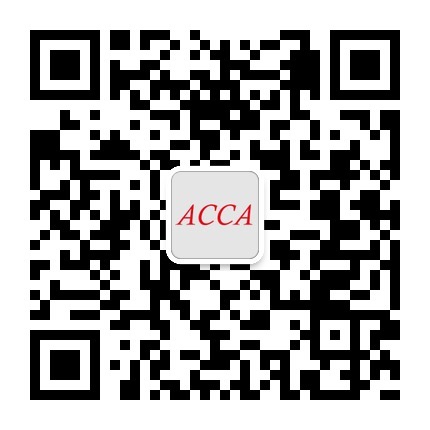(c)Assessment of three risks
Disruption and resistance by Stop-the-dam. Stop-the-dam seems very determined to delay and disrupt progress as much as possible. The impact of its activity can be seen on two levels. It is likely that the tunnelling and other ‘human’disruption will cause a short-term delay but the more significant impact is that of exposing the lenders. In terms of probability,the case says that it ‘would definitely be attempting to resist the Giant Dam Project when it started’ but the probability of exposing the lenders is a much lower probability event if the syndicate membership is not disclosed.
Impact/hazard:low
Probability/likelihood:high
The risk to progress offered by First Nation can probably be considered to be low impact/hazard but high probability. The case says that it ‘would be unlikely to disrupt the building of the dam’,meaning low impact/hazard,but that ‘it was highly likely that they would protest’,meaning a high level of probability that the risk event would occur.
Impact: low
Probability: high
There are financing risks as banks seems to be hesitant when it comes to lending to R&M for the project. Such a risk event,if realised,would have a high potential for disruption to progress as it may leave R&M with working capital financing difficulties. The impact would be high because the bank may refuse to grant or extend loans if exposed (subject to existing contractual terms). It is difficult to estimate the probability. Perhaps there will be a range of attitudes by the lending banks with some more reticent than others (perhaps making it a ‘medium’ probability event)。
Impact: medium to high (depending on the reaction of the bank)
Probability: low to medium (depending on how easy it would be to discover the lender)
(d)Chairman’s statement at AGM
Thank you for coming to the annual general meeting of Rowlands & Mendeleev. I would like to make a statement in response to the concerns that a number of our investors have made in respect to our appointment as the principal contractor for the prestigious and internationally important Giant Dam Project. We are very pleased and honoured to have won the contract but as several have observed,this does leave us in a position of having a number of issues and risks to manage.
As a project with obvious environmental implications,the board and I wish to reassure investors that we are aware of these implications and have taken them into account in our overall assessment of risks associated with the project.
(i) A definition of ‘sustainable development’
One investor asked if we could explain the sustainability issues and I begin with addressing that issue. According to the well-established Brundtland definition,sustainable development is development that meets the needs of the present without compromising the ability of future generations to meet their own needs.
This definition has implications for energy,land use,natural resources and waste emissions. In a sustainable development,all of these should be consumed or produced at the same rate they can be renewed or absorbed so as to prevent leaving future generations with an unwanted legacy of today’s economic activity. We believe that our involvement in the Giant Dam Project has implications for environmental sustainability and it is to these matters that I now turn.
Tutorial note: other relevant definitions of sustainability will be equally acceptable.

 QQ登录
QQ登录 微博登录
微博登录 微信登录
微信登录


















